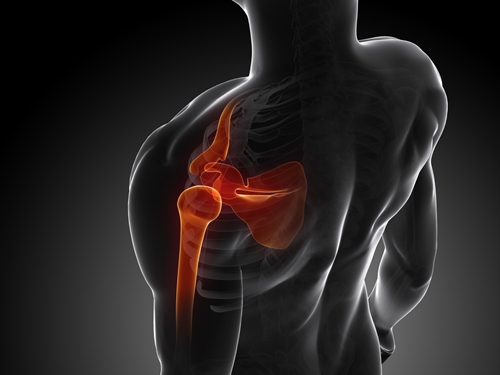Newly discovered stem cell can regenerate bone and cartilage
A groundbreaking study performed by researchers at Columbia University Medical Center found that the regeneration of bone and cartilage occurs in mice with the help of a specific stem cell in their bone marrow. Until the findings, scientists were unfamiliar with the stem cell and its capabilities. A report of their study, entitled "Gremlin 1 Identifies a Skeletal Stem Cell with Bone, Cartilage, and Reticular Stromal Potential," was recently published in the online issue of the journal Cell.
OCR stem cells found to regenerate bone after injury
The newly identified stem cells, or osteochondroreticular stem cells, are capable of self-renewal. The scientists successfully located the OCR cells by tracking a protein that is expressed by the cells. They also discovered that the OCR cells can generate bone and cartilage cells that are essential to the human body, such as osteoblasts and chondrocytes.
To test the potential of the OCR cells as treatment for bone loss and fractures, the scientists transplanted them to a fracture site. They found that the cells did contribute to bone repair.
"We demonstrate here that expression of the bone morphogenetic protein antagonist gremlin 1 defines a population of osteochondroreticular stem cells in the bone marrow," wrote the investigators. "OCR stem cells self-renew and generate osteoblasts, chondrocytes, and reticular marrow stromal cells, but not adipocytes. OCR stem cells are concentrated within the metaphysis of long bones not in the perisinusoidal space and are needed for bone development, bone remodeling, and fracture repair."
The next step is determining whether it is possible to condition these OCR cells to immediately begin to regenerate specifically following a fracture or an injury. In the mice, the OCR cells would renew themselves and begin to regenerate bone and cartilage if a fracture was experienced, successfully repairing the injury. According to Siddhartha Mukherjee, Ph.D., a senior author of the study, it is important to figure out whether this process will take place in humans as well.
However, the researchers are hopeful because the bone biology of mice and humans are very comparable, leading them to believe that the OCR stem cells can be discovered in human bone tissue as well. Timothy C. Wang, M.D., the Dorothy L. and Daniel H. Silberberg Professor of Medicine at CUMC, initiated the study and strongly believes that the results drastically increase the possibility that drugs or other forms of therapy can be developed.
These innovative drugs would activate the production of OCR stem cells and enhance the body's ability to repair bone injury. If this can be done successfully, this would improve the body's capability to recover from common injuries experienced in the aging population.
OCR cells vs. MSCs
CUMC scientists were able to distinguish the difference between adult OCR cells and mesenchymal stem cells, which stimulate bone generation during a body's development and through adulthood. Before the research, it was assumed that MSCs were the origins of every bone, as well as all the cartilage and fat in the body.
The study suggests that, although MSCs do generate bones during development, they do not create young bone and cartilage during a human's earliest years. OCR cells take over this process in particularly young bones and play a role in bone maintenance and repair in older adults along with MSCs.
"These cells [OCR stem cells] are particularly active during development, but they also increase in number in adulthood after bone injury," wrote Gerard Karsenty, M.D., Ph.D., the chair of the department of genetics and development at CUMC and a member of the research team.
These findings have made the researchers hopeful that diseases like osteoporosis – a common problem within the nation's aging population – will be treated with drugs that induce the production of these OCR stem cells.



